Hi John,
Since you are starting to use oils I think it would be wise that you start using those colors to familiarize yourself with oils and see if you like them. Maybe I would buy a white (titanium or zinc white) and a black (ivory or lamp black).
To simulate dirt you can play with burnt umber and yellow ochre. You can practice on the bottom of the hull to see if you like the straight colors and by playing with different mixes.
In the case that you are going seriously with oils then these are the oil colors that I would recommend you to get:
Naples yellow, VanDyke brown (also known as earth cassel) (it is a very, very dark brown), Paynes gray, lamp or ivory black, titanium or zinc white, Raw Umber and Burnt Sienna. Maybe a warm grey would be useful too.
Check in google what are the differences between lamp black and ivory black, and titanium white and zinc white. You only need one black and one white. I personally like using ivory black and titanium white.
I read on armorama that burnt umber and sienna work nicely for darker rust tones, and when mixed with ochre make light rust.
On a panzer grey Tiger I that currently I am painting I liked using VanDyke brown, Paynes grey, Sepia and a warm grey to change the base color. On the horizontal surface I used the warm grey to simulate dust.
On that same Tiger I I used Gold Ochre and didn't like it. It looks like a recent rust orange color and I had problems toning it down.
If you mix raw umber with white you can get the same color as Ak Interactive Rainmarks for NATO tanks.
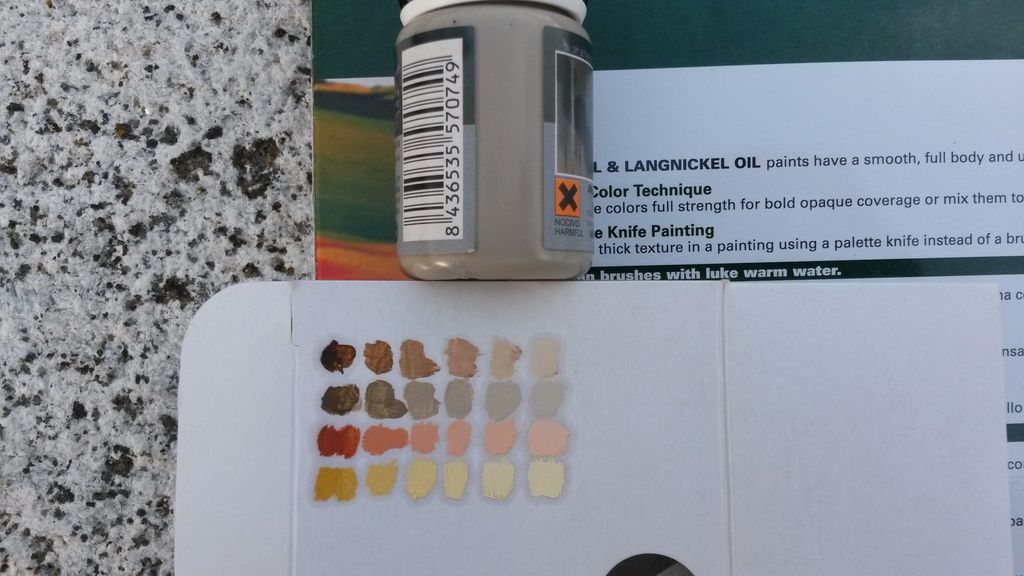
The colors of the photo are in the following order: Burnt Umber, Raw Umber, Burnt Sienna and Raw Sienna. As you can see Raw Sienna is very similar to Yellow Ochre and that is the reason I didn't recommend it. On the left are the color straight out from the oil tube and the following columns are mixed with white. The second column is a mix of approximately 1:1 of the raw color with white.
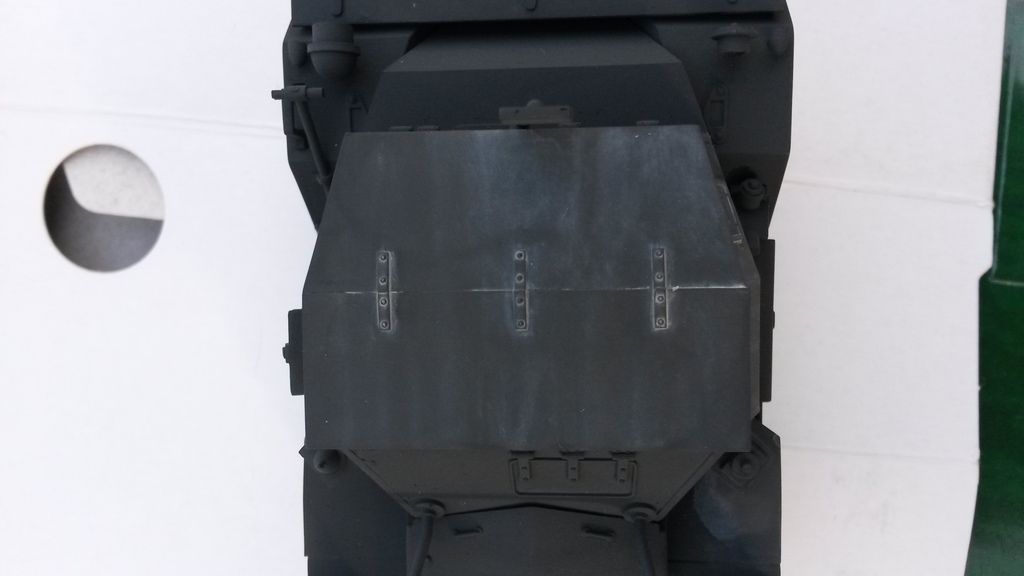
In this image I played with the mix of raw umber with white on a test model I use.
With the Burnt Umber, Raw Umber, Burnt Sienna, Yellow Ochre and Naples Yellow you can simulate different kind of earth tones by using them alone or mixing them among them or with white.
Currently I am learning to mix colors and that is the reason I bought a cheap beginners set of 24 oil colors for 14.60 Euros. The first photo is the result of my first testing that I did yesterday.
I have better oils but didn't like the idea of using them to learn to mix colors and to learn the color theory and practice with them.
I hope what I learn with the cheap set helps me for the rest of my life with the colors.
I learnt my first lesson: mix oil colors with a spatula or something similar instead of the brush (it will build up the amount of oils in the brush and you can end up with almost all your mix in the brush). For the mixing I am using one of those metallic mixers that you can buy from Tamiya or any other brand (on one side is like a small spoon and the other side is like a rowing stick).
Best regards,
Angel
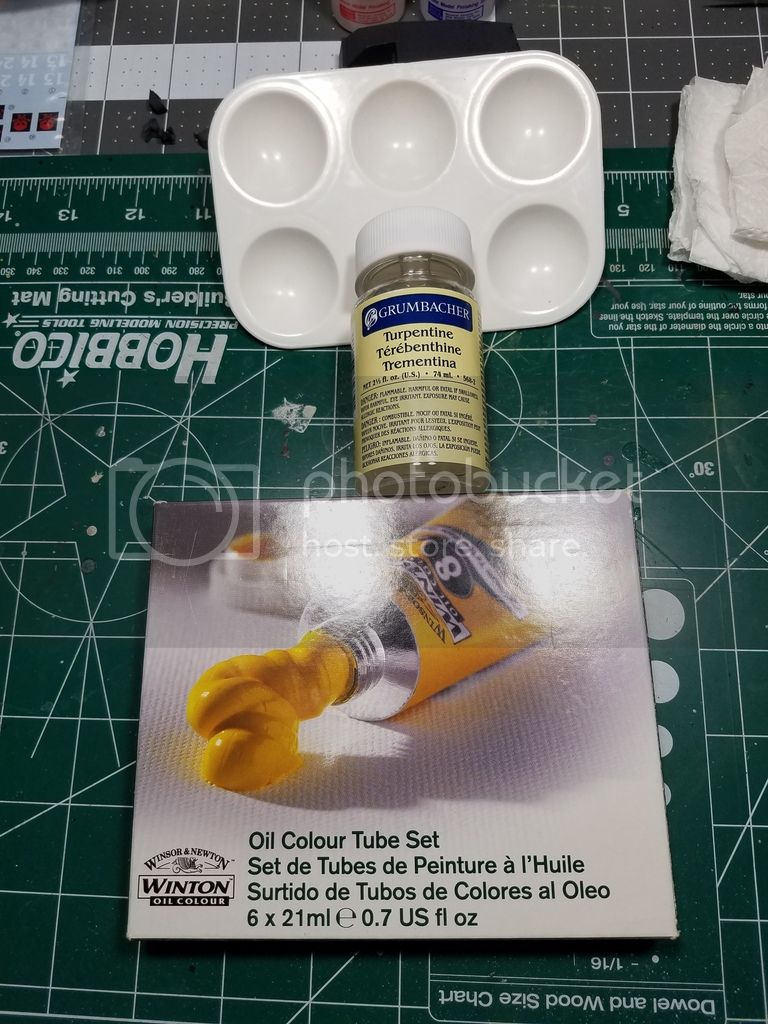
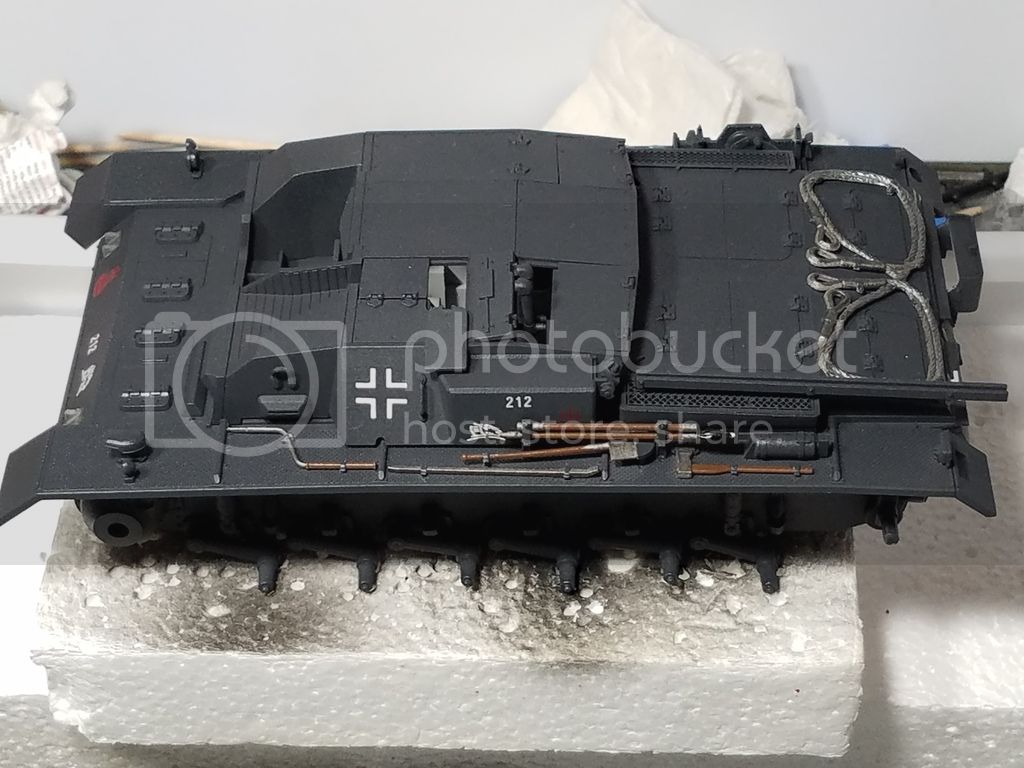
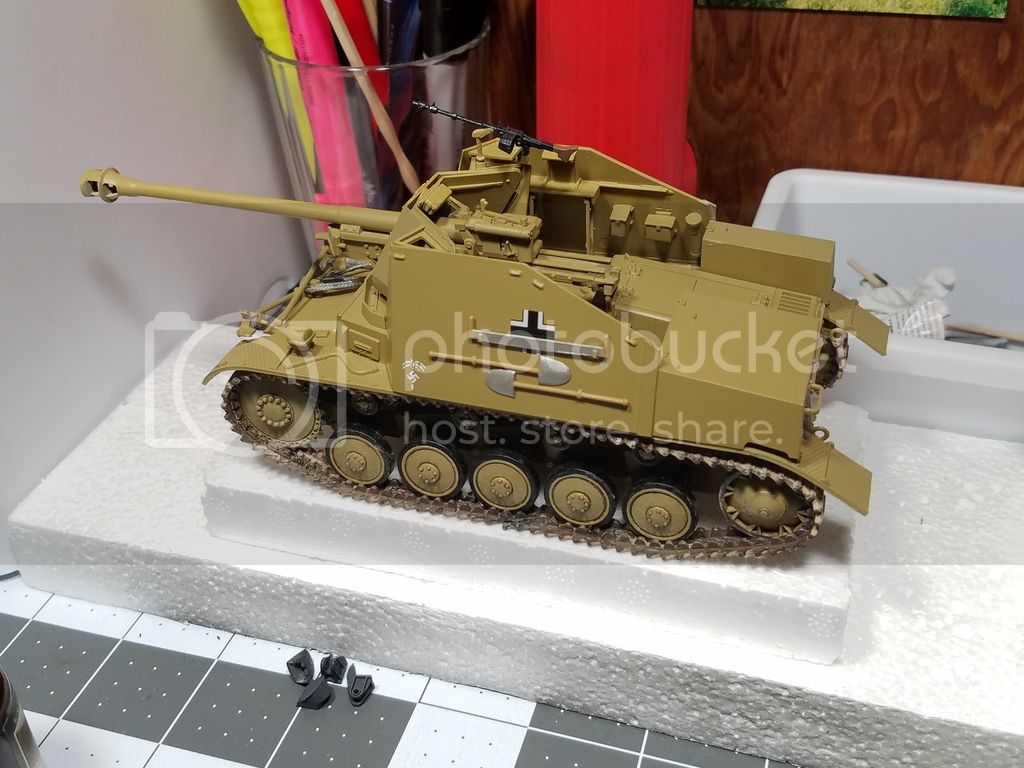
 .
.


















